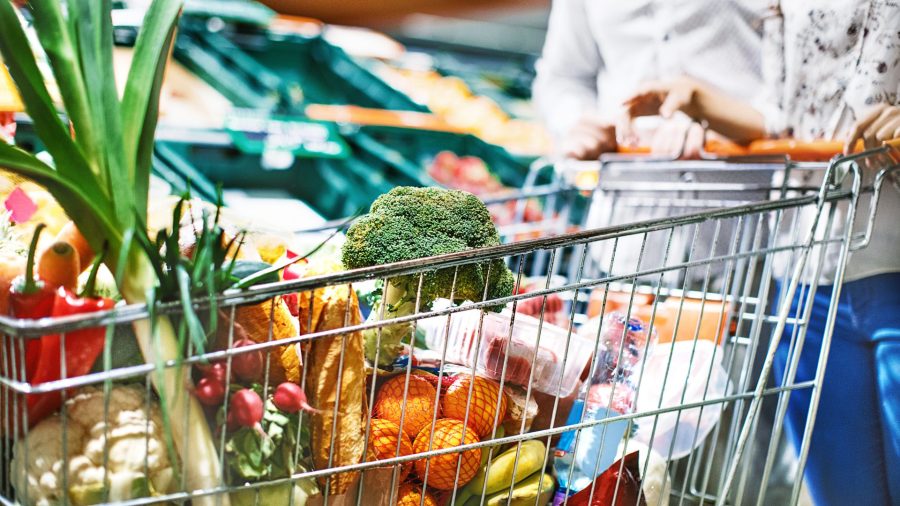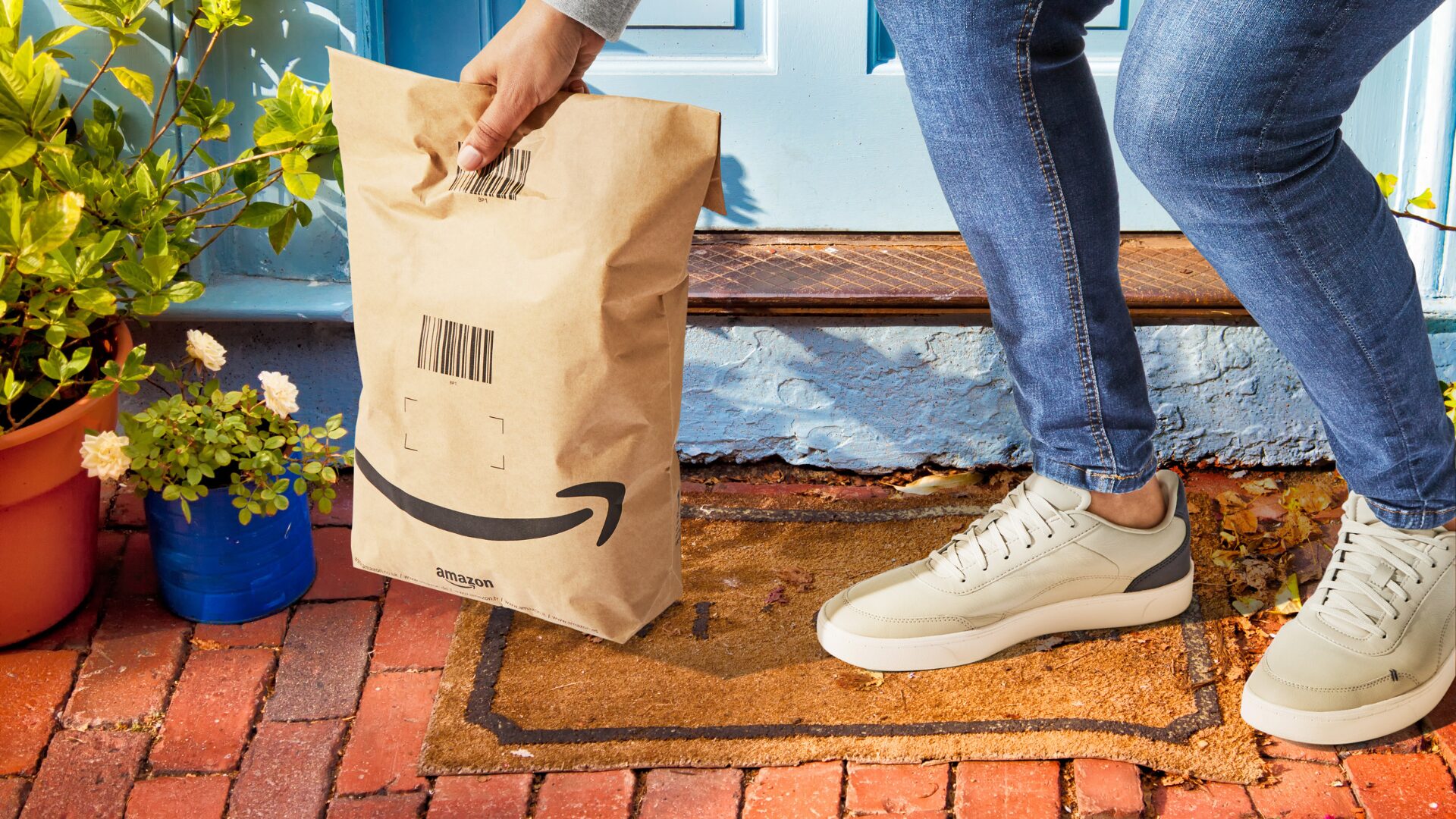The past year has been hugely impactful on the world of grocery.
Dunnhumby’s latest Retailer Preference Index (RPI) dives into who saw success this year and how they got there, as well as the effects of the pandemic and rise of digital on the industry.
Here’s a look at the report’s most noteworthy findings:
LEADERS OF 2020-21
Dunnhumby’s RPI score reflects the results of a statistical model that predicts how retailer execution on various customer needs impacts both lasting emotional bonds formed with customers, as well as near-term and long-term financial performance.
Based on these factors, here’s who came out on top:
- For the second year in a row, Amazon topped the rankings.
- Amazon was again followed by H-E-B, with Market Basket rounding out the top three
- Other mainstays of the 1st quartile included: Trader Joe’s, Costco, Publix, Aldi and Wegmans.
- Additional retailers with the highest overall customer preference index scores are: 6. Aldi; 7. Trader Joe’s; 8. Sam’s Club; 9. Costco; and 10. Walmart Neighborhood Market.
The 1st quartile retailers all seemed to follow the same formula of having a clear competitive advantage in value core (consumer perception of price and quality), supplemented by outperformance in digital capabilities and well-run operations.
THE RISE OF DIGITAL
Digital’s share of total grocery sales more than doubled during the pandemic, from approximately 5% to 10% of sales, and this surge has more staying power than initially thought. Since 2020, digital share has held steady and will likely hold in 2022, the study indicated.
This differs from last fall, when consumers anticipated giving a third of their e-commerce sales back to brick-and-mortar.
The top five grocers best positioned to win in Digital are: Amazon, Amazon Fresh, Target, Walmart, and Sam’s Club.
Other key findings regarding the digital space include:
- Despite the shifts mentioned above, half of the U.S. grocery shopping population does not buy online and has no plans to, even with COVID giving them reason to do so. This could lead to e-commerce as a channel for sales plateauing against a divided customer population.
- Retailers who use their own eCommerce platform, versus using Instacart or other third-party platforms, have better customer perception of both the eCommerce shopping and delivery phases and performed better financially.
COVID-19’S IMPACT
In many ways, the pandemic shifted consumer needs. Price and quality were no longer found to be head and shoulders above all other consumer preference drivers in securing superior, long-term sales growth and emotional connection with shoppers.
Other notable impacts of COVID included:
The most common behavior changes seen during COVID include: spending less time in stores, visiting fewer stores less often and stocking up, eating at home more, and eating healthier.
- COVID-driven increases in workload and turnover are requiring grocers to reinvent how they attract, engage, and retain talent.
- The COVID-era has accelerated the need for grocery retailers to heighten their omnichannel offering, more so than just their digital offering, the report indicated.











